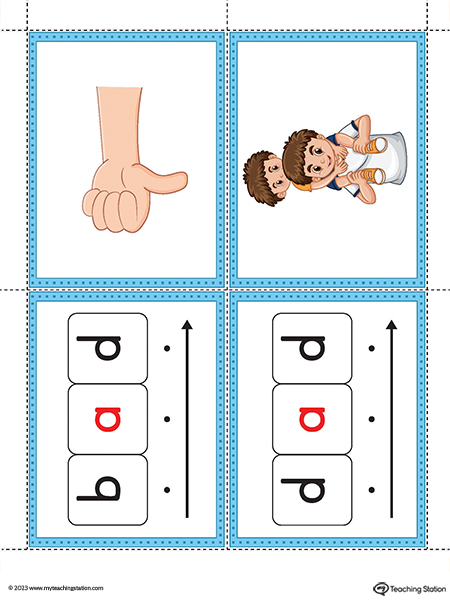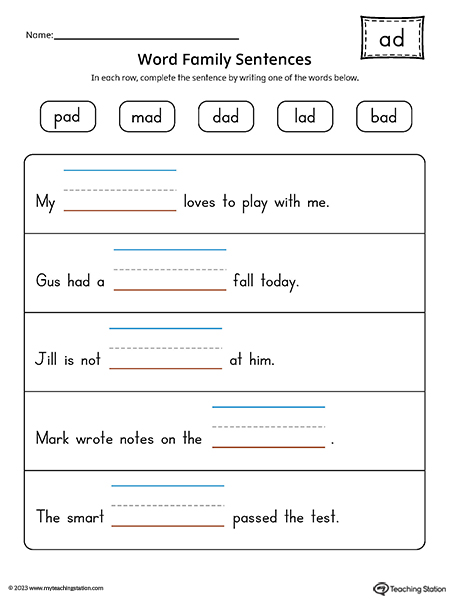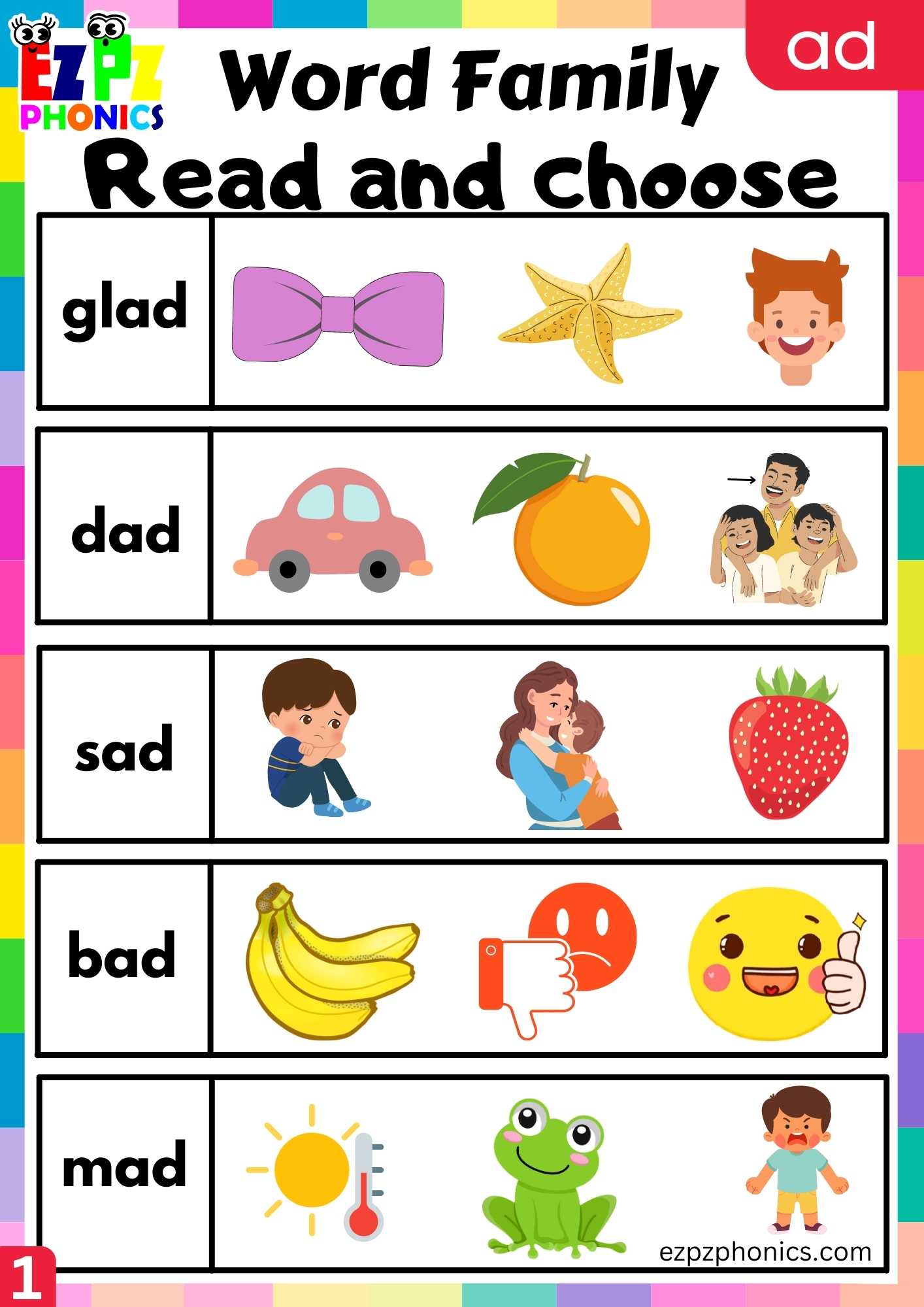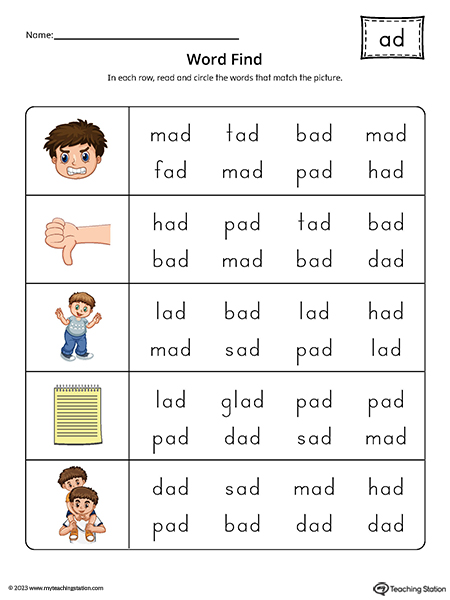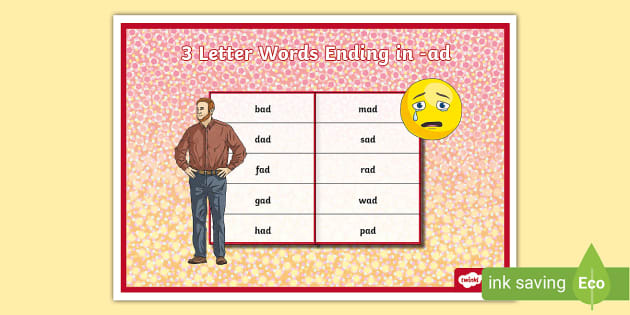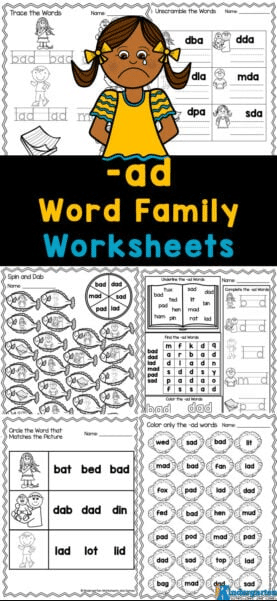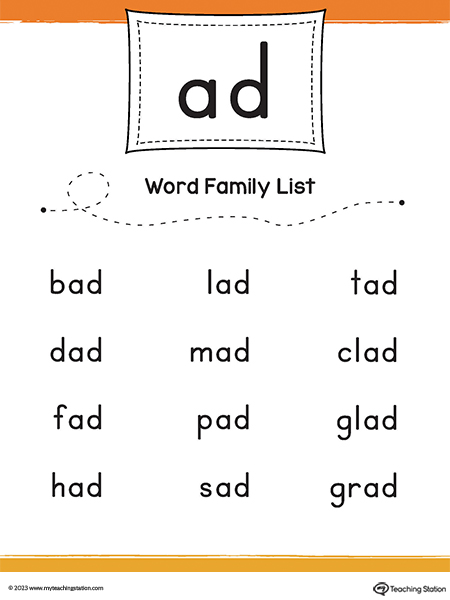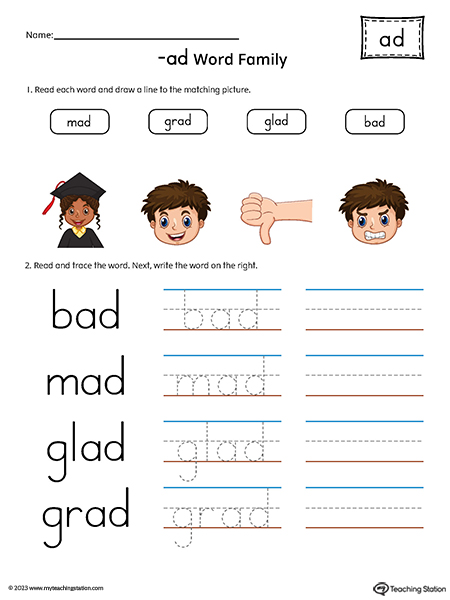Ad Free Words With Friends 2
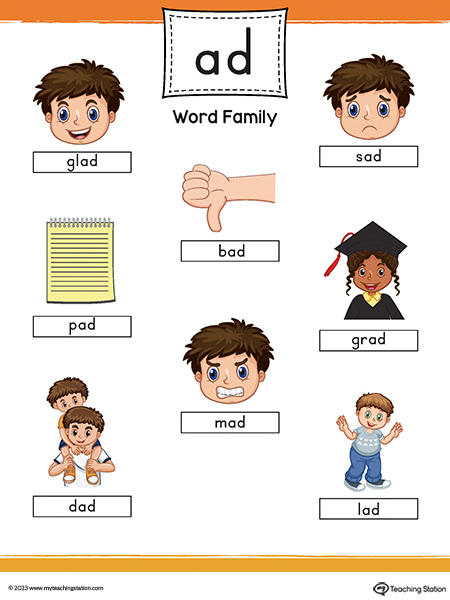
Imagine this: It's a quiet evening. The aroma of chamomile tea drifts through the air as you settle into your favorite armchair. On your tablet, the familiar board of Words With Friends 2 glows softly. You're strategizing your next move, poised to unleash a triple word score, when suddenly...silence. Not the peaceful quiet you were enjoying, but the absence of the jarring ad that usually interrupts your flow. This isn't a dream; it's the reality of an ad-free experience now available within the popular word game.
This article delves into the evolving landscape of Words With Friends 2, specifically examining the introduction of ad-free options and what this means for players and the future of mobile gaming. We will explore the impact of this change on the user experience, potential subscription models, and the broader trend towards ad-free gaming environments.
A History of Words and Advertising
Words With Friends, initially released in 2009, quickly became a cultural phenomenon. It connected people worldwide through a shared love of language and strategic gameplay. The game's success, however, was intertwined with advertising.
Like many free-to-play mobile games, Words With Friends relied heavily on in-game ads to generate revenue. These ads, ranging from short video clips to interactive banners, became a familiar part of the gaming experience. For some, they were a minor inconvenience, while for others, they were a major source of frustration.
Complaints about the frequency and intrusiveness of ads were common across online forums and app store reviews. Players voiced concerns that the ads disrupted their focus, broke their concentration, and detracted from the overall enjoyment of the game. This feedback highlighted a growing tension between the need for developers to monetize their games and the desire of players for a seamless and immersive experience.
The Ad-Free Shift: A Response to Player Demand?
In recent years, Zynga, the developer behind Words With Friends 2, has begun to offer options for players to remove ads. This shift reflects a growing recognition within the mobile gaming industry that players are often willing to pay for an ad-free experience.
The introduction of ad-free options represents a significant change in the game's monetization strategy. It allows players to choose how they want to support the game – either through enduring ads or by paying a premium for an uninterrupted experience. This move aligns with a broader trend in the mobile gaming market, where developers are increasingly exploring alternative monetization models beyond traditional in-app advertising.
The exact pricing and features of the ad-free option may vary depending on the platform and subscription plan. Typically, players can subscribe to a premium service that removes all ads from the game. In some cases, these subscriptions may also include additional benefits, such as bonus coins, exclusive tile styles, or access to advanced features.
What Players are Saying
The response to the ad-free option has been largely positive, according to anecdotal evidence from online forums and social media. Many players have expressed relief at being able to enjoy the game without constant interruptions. Others have praised Zynga for listening to player feedback and providing a more enjoyable gaming experience.
However, some players have raised concerns about the cost of the ad-free subscription, arguing that it is too expensive. They believe that the price should be more affordable, especially for long-time players who have already invested significant time and money into the game. It’s a delicate balance for game developers to strike.
The availability of an ad-free option has also sparked a debate about the fairness of the game. Some players worry that those who pay for the ad-free experience may have an unfair advantage over those who do not. This concern is particularly relevant in competitive modes, where even a small distraction can impact a player's performance.
The Future of Monetization in Mobile Games
The move towards ad-free options in Words With Friends 2 is part of a broader trend in the mobile gaming industry. Developers are increasingly experimenting with different monetization models, including subscriptions, in-app purchases, and hybrid approaches.
Subscription models, in particular, are gaining popularity as a way to generate recurring revenue and provide players with a consistent and predictable experience. These models offer a range of benefits, such as ad-free gameplay, exclusive content, and bonus rewards. They can also foster a stronger sense of community and loyalty among players.
The success of ad-free options in Words With Friends 2 could have a significant impact on the future of mobile gaming. If more developers adopt similar approaches, it could lead to a more player-friendly and sustainable ecosystem. This could also encourage developers to focus on creating high-quality games that players are willing to pay for, rather than relying on intrusive advertising to generate revenue.
Analyzing the Impact
The introduction of ad-free Words With Friends 2 is more than just a cosmetic change. It's a strategic decision with potential ramifications for the game's user base and overall revenue model. The success of this strategy hinges on Zynga's ability to convince enough players that the ad-free experience is worth the cost.
From a user experience perspective, the impact is clear. Ad-free play translates to uninterrupted focus, smoother gameplay, and a more enjoyable overall experience. This is particularly valuable for players who use the game for relaxation, mental stimulation, or social connection. The removal of ads allows them to fully immerse themselves in the game without distractions.
However, the economic implications are more complex. Zynga must carefully balance the revenue generated from ad-free subscriptions with the potential loss of revenue from in-game advertising. They also need to consider the impact on player engagement. Will players who pay for the ad-free experience remain as active and engaged as those who continue to play with ads?
According to a 2023 report by Sensor Tower, a mobile app analytics firm, subscription-based mobile games are experiencing significant growth. The report found that subscription revenue in the mobile gaming market increased by 20% year-over-year, indicating a growing willingness among players to pay for premium features and experiences. This trend suggests that Zynga's decision to offer an ad-free option is well-timed and aligned with broader market trends.
Conclusion: A Word of Optimism
The move towards ad-free Words With Friends 2 represents a positive step towards a more player-centric approach to mobile gaming. It acknowledges the value of a seamless and immersive gaming experience and empowers players to choose how they want to support the game.
While questions remain about the long-term economic impact and the potential for disparities between paying and non-paying players, the initial response has been encouraging. The success of this initiative could pave the way for other mobile game developers to adopt similar models, creating a more sustainable and enjoyable ecosystem for players worldwide.
As you settle back into your armchair, ready to unleash that triple word score, the absence of a disruptive ad allows you to fully appreciate the joy of wordplay and the connection with friends and family. The future of Words With Friends 2, and perhaps mobile gaming itself, looks a little brighter, one ad-free turn at a time.

